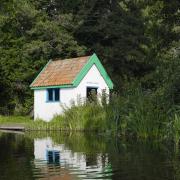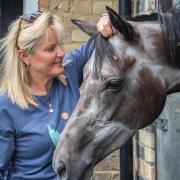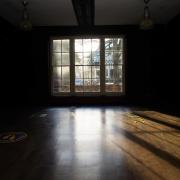As the weather warms up in East Anglia, GP Dr Matt Piccaver urges us all to be wary and protect ourselves against sun exposure to lessen the risk against skin cancer
I may be biased, but East Anglia is truly a wonderful place. Why anyone would want to live anywhere else is beyond me. A nice mix of temperate weather, beautiful scenery, fantastic places and a thriving economy, I could easily be seen as East Anglia’s biggest fan.
One of the perils of East Anglian life is our risk of skin cancer; a combination of dry and sunny weather leads to high rates of skin cancer - the primary cause is sun exposure.
Suffolk is a largely rural county and many of the older people I meet with suspected skin cancer have had a life outdoors working on the fields. Consequently I meet a lot of older people with skin cancer.
On the one hand, a bit of sun does us good as it helps us generate vitamin D vital for strong bones. On the other, it causes genetic mutations which increase our risk of developing skin cancer.
In general, the more sun exposure the greater the risk. There are three main types of skin cancer that I see with perhaps the most worrying being malignant melanoma. Many of us will have heard of the condition. Around a quarter of cases are in the under fifties, a further quarter in the over 75s.
It may present as a new area, a little like a mole. We worry about new skin problems and an easy way of remembering what to look for in malignancy melanoma is ABCD.
Asymmetry - the skin lesion may look different between the halves.
Border- an irregular border is a cause for concern.
Colour - an uneven coloured new “mole” is something to get looked at as soon as possible. Colours might be brown, black or even a blue.
Diameter - anything over 6mm is worth looking at. We’re on the look out for changes in a skin lesion.
Another type of skin cancer we see is a basal cell carcinoma (BCC). These are usually slow growing, and many look like a small, raised bump. They might have an ulcer in the middle, and are often called “rodent ulcers”.
Squamous cell carcinoma is another possible skin cancer which can sometimes be difficult to spot. I see this mostly in older people, and it can present as a flaky area that doesn’t heal or bleeds.
If you’ve got any concerns about a skin lesion, make an appointment with your GP. We’re happy to examine the area and, if we’re concerned, we then refer on to a dermatologist.



























